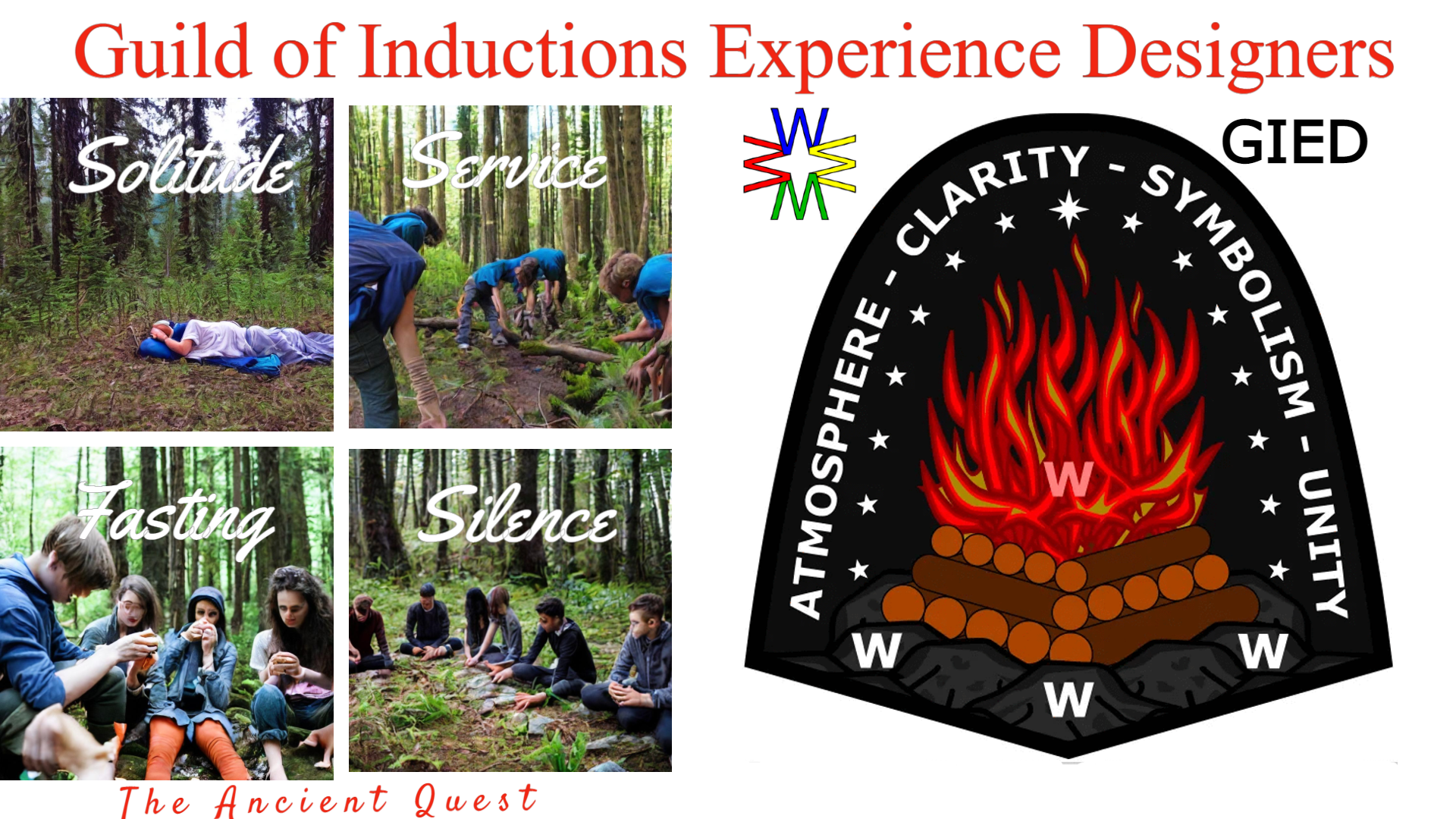The Ordeal of the Order of the Arrow is its primary characteristic. It is the great experience that all OA members have in common. Its tests parallel the principles of the Order and are the primary way that we teach those principles, by actions rather than words, including the examples of the Elangomats. Our ceremonies don’t so much teach our principles as describe the candidate’s experiences with our principles in the Ordeal and other great Quests that we offer.
That is all true. And well and good. But there is another deeper reason for the Ordeal’s power and success in developing character. Something hidden. Formerly known by only a few, it only became a part of Inductions training in recent years. It was known and discussed in the Ceremonial Advisory Group (the CAG) 50 years ago and was typically called “the monomyth”, a theory that the best mythical stories across the world have many characteristics in common. “Mono” means “one”. The idea is that there is one great myth that arises out of the human condition, which is expressed with local variation yet uses the same “formula” worldwide. And thus, the power of the Ordeal, and the ceremonies, lies in their consistency with that one great myth, told in countless ways, that arises out of the very character of humanity.
We all love to read or hear the story of a hero or see one on TV or video. As we hear the tale, we like to think that if we were in that situation we would take the difficult and heroic choices of good over evil, and “save the day”. In our minds, as we listen, we imagine ourselves the hero, choosing right over wrong, and suffering for the good of others.
There are many good hero’s tales that are popular today. For example, Dorothy in The Wizard of Oz, Frodo and Sam in The Lord of the Rings. the four children in The Lion the Witch and the Wardrobe, and Luke Skywalker in Star Wars.
The theory behind this parallel between hero’s tales from from multiple cultures was fully developed by Joseph Campbell in his books (see in particular his collection The Hero with a Thousand Faces).
Fraternal organizations often have legends. And these legends are sometimes hero’s tales. The Order of the Arrow has legends regarding Uncus, which are clearly hero’s tales. But there is nothing particularly unique about our legends compared to those of other organizations. Or other hero’s tales popular today or in the long past. So what is the deeper difference?
What the OA offers that others do not is the opportunity to not merely hear a hero’s tale, but to live within a hero’s tale and be the hero! The Ordeal, like Oz, Mordor, Narnia, and intergalactic fighting, are vastly different worlds than the places where the would-be-heroes grew up. In each case, they appear to be ordinary people who are not regarded by themselves or others as heroes. But thrust into the strange new environments, they persevere, make heroic choices, and become heroes indeed.
And like those other heroes, when new Ordeal members return home to their normal world, they have changed and view their normal lives in a different light. And the question becomes, will they apply their new-found heroism to their Scout units and other aspects of their normal lives?
As an Elangomat, you are like Gandalf the Wizard, leading your “Fellowship” on their quests in a world (the Ordeal) that you know but they do not, But notice that the Fellowship continues without Gandalf’s leadership, breaks up and goes on separate quests. After the Ordeal, your candidates must begin their quests in the ordinary world in their units and on through the rest of their lives. With their Ordeal memories to guide them.
It is these deep fundamental human urgings to enter into a Quest and be The Hero that the Order of the Arrow Ordeal offers as a physical experience, not just words.


1 Comment
Delilah_C
July 8, 2024 at 8:58 pmI was reading some of your content on this site and I conceive
this website is really instructive! Continue putting up.Blog money